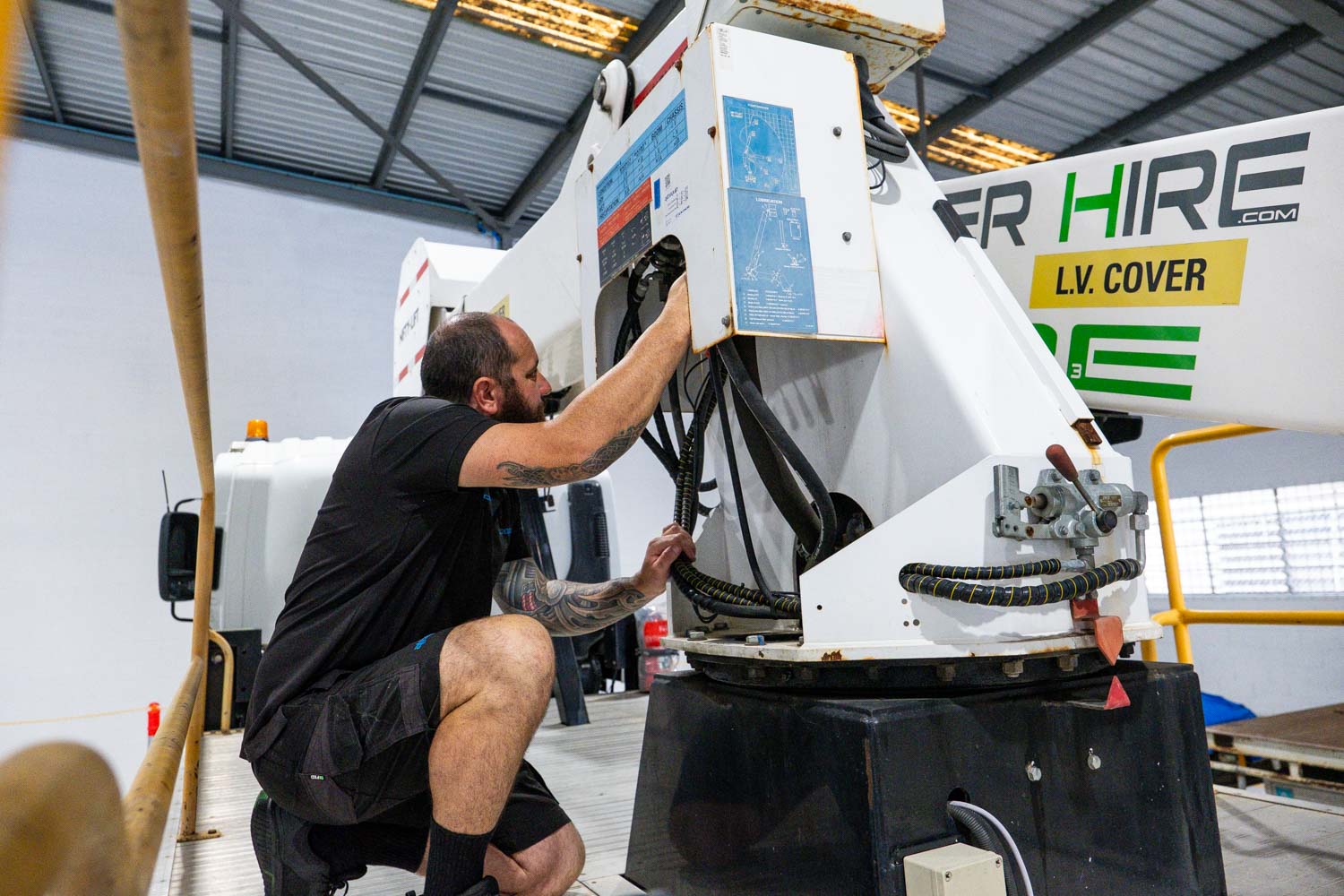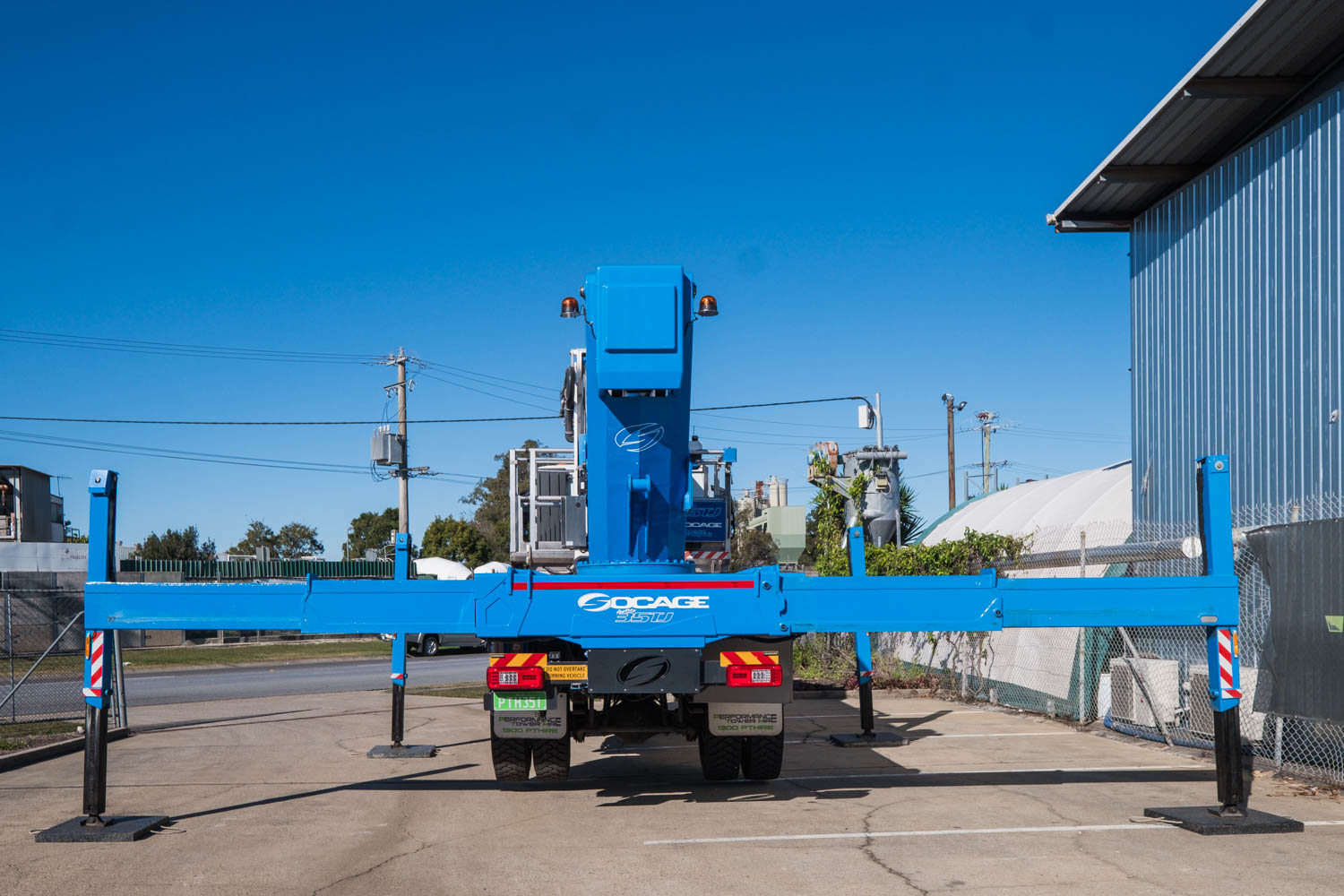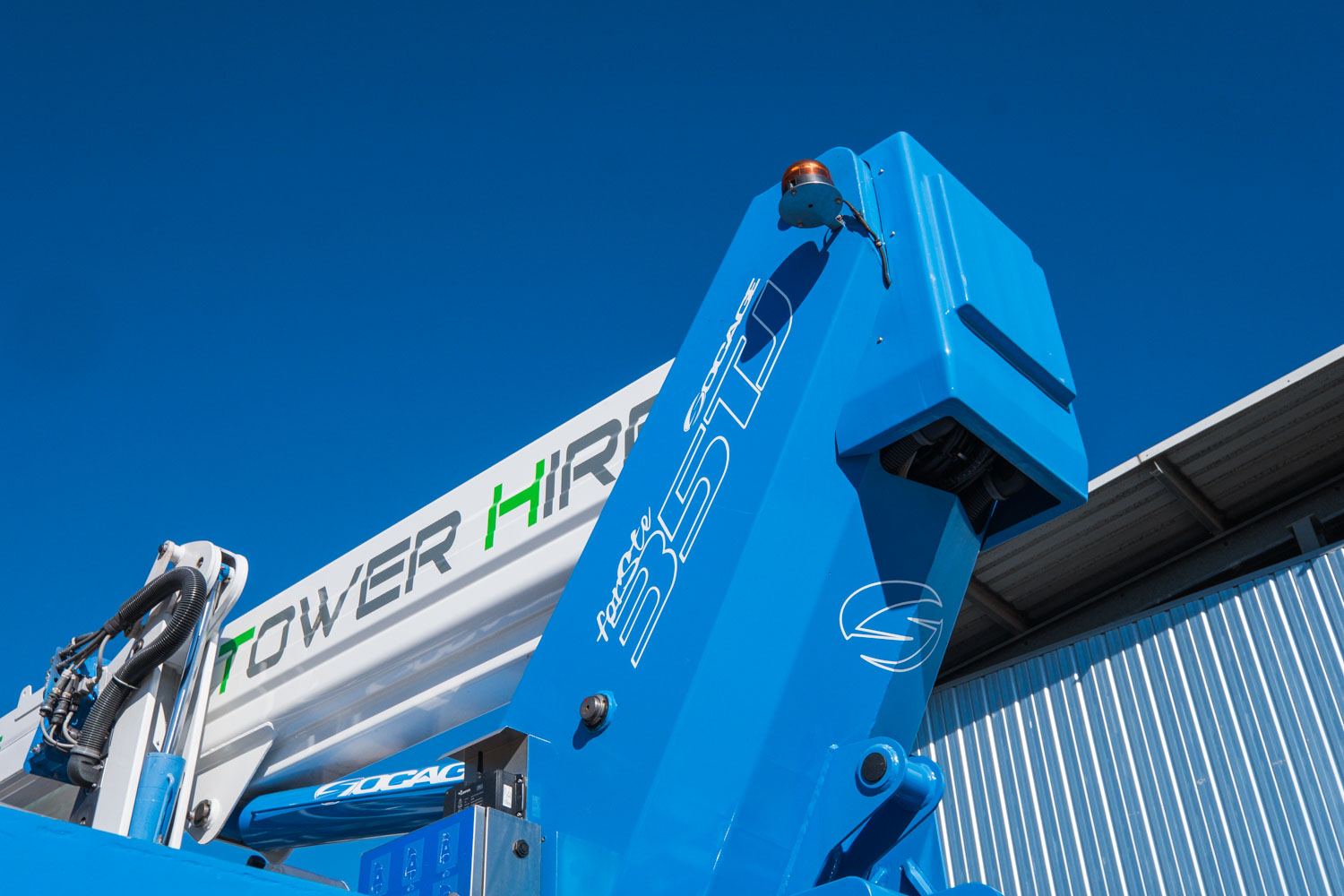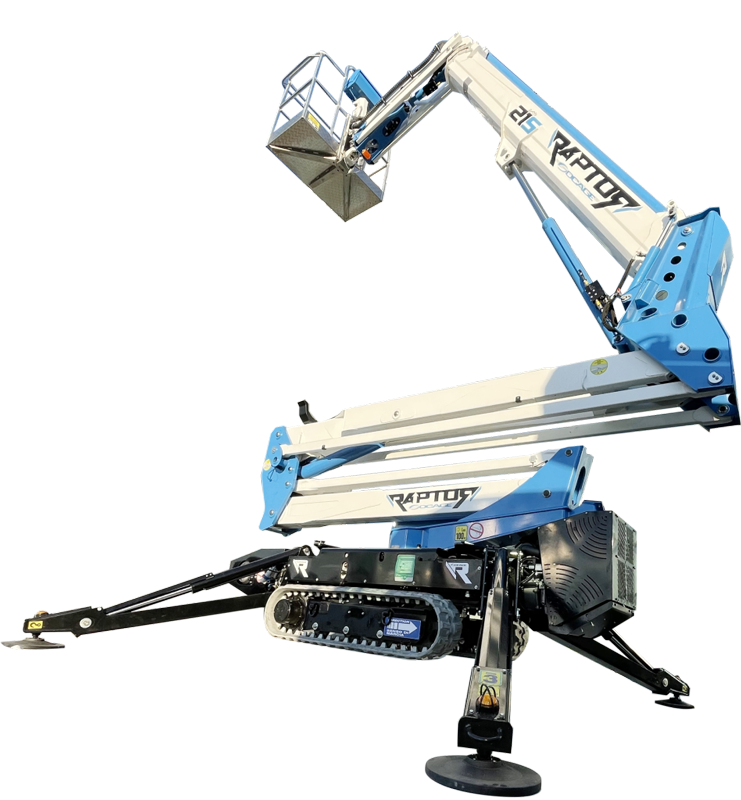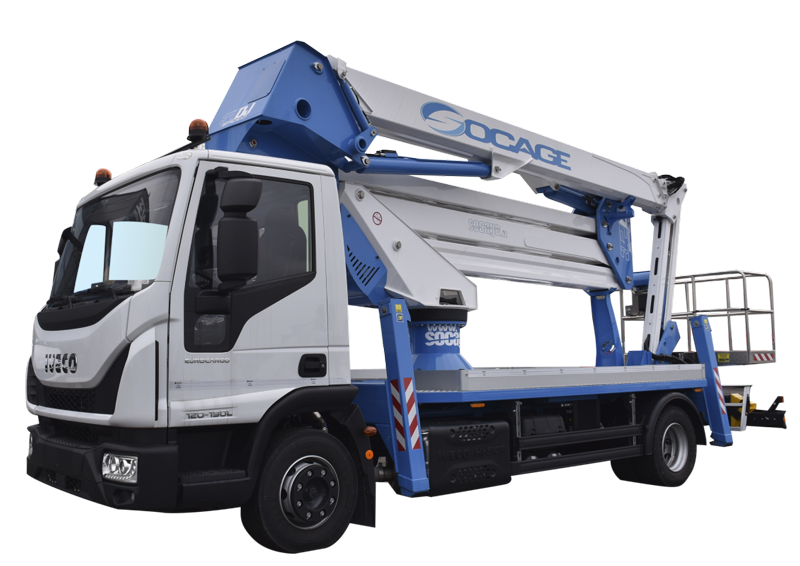Table of Contents
If you rely on elevated work platforms for your business operations, you want to keep them in good shape. That way you maximise their lifespan, improve your onsite safety and meet Australian compliance requirements. Frequent and comprehensive EWP servicing is essential for this, and its important to know when to service your elevated work platform.
It’s a bit like servicing your car – you don’t want to leave it until the engine light comes on before you get it down to a mechanic. With an EWP, regular inspections and services will help you catch issues early and get them fixed before they snowball.
Today we want to look at what the timeframe should be between EWP services. There are different types of inspections and servies that need to happen at regular intervals, so we’re going to break down what those are, why they’re important and how frequently they should be undertaken.
First, here’s why it’s so important to keep your EWP in top notch condition.
The Importance of Regular EWP Servicing
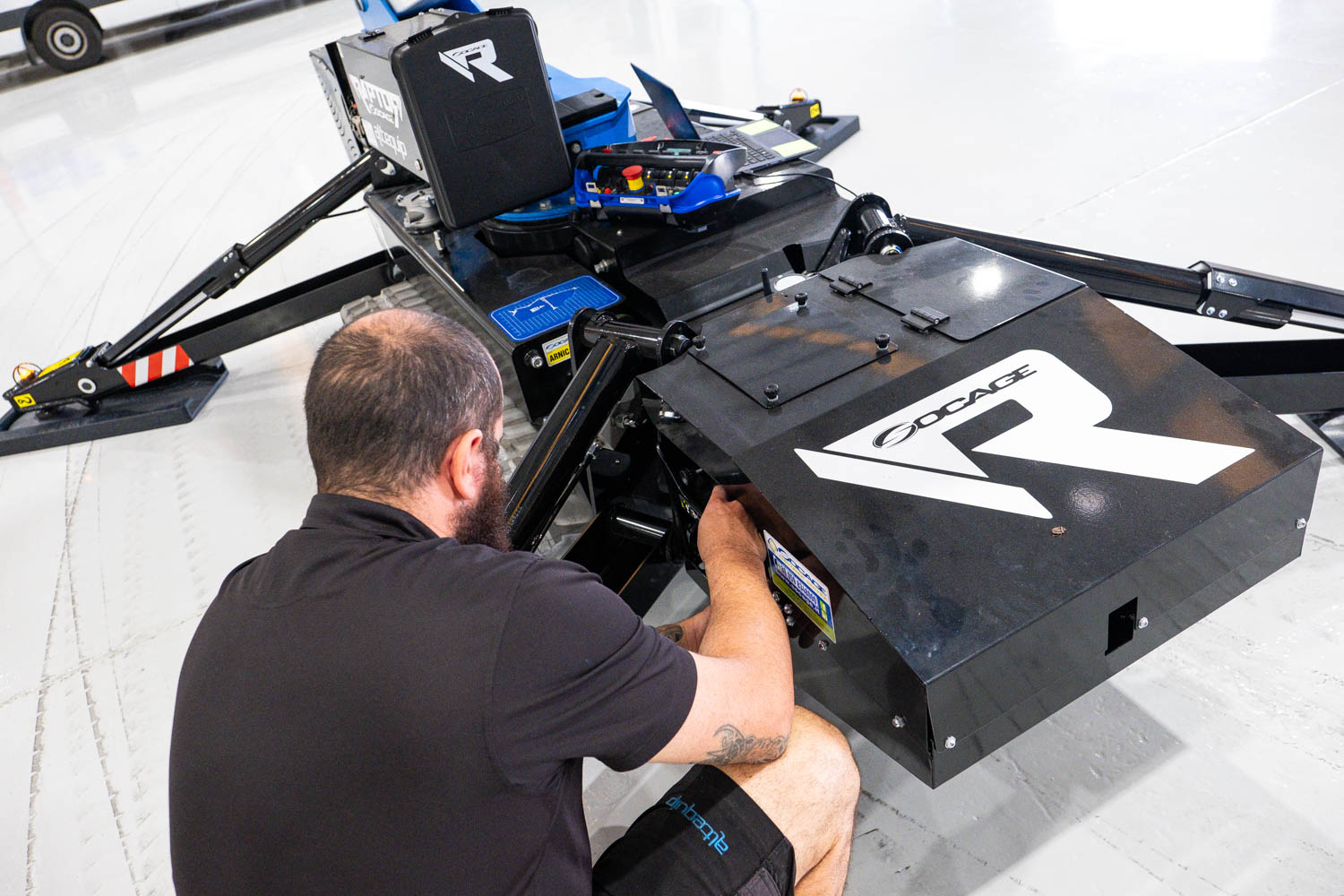
First and foremost, regular servicing of your EWP is essential for safety reasons. A breakdown can be hazardous to team members and onlookers when you’re working at heights. It’s definitely something to avoid, as personnel safety should always be a leading priority.
For Australian EWP owners, compliance goes hand in hand with safety. Workplace Health and Safety (WHS) legislation mandates regular maintenance of plant equipment like EWPs, so you’ll end up on the wrong side of the law if you don’t adhere to service schedules. This can have impacts on your insurance, and even more catastrophic impacts on the running of your business if there is a safety incident.
Lastly, reducing downtime. Downtime costs money, and no business owners likes their machines to sit idle. Your crew is most productive when your equipment is running as it should. Avoid costly breakdowns, and get that EWP serviced.
The Types of EWP Service
Australian Standards (AS 2550.10) has requirements when it comes to servicing your EWP. To ensure you stick to the regulations it’s important to have an understanding of the different types of services required. Let’s take a look:
Pre-Operational Inspection
What happens:
This is a visual and functional inspection carried out every time an EWP is used. It doesn’t take long – the machine is assessed for visible damage, fluid levels are checked, controls tested, and safety devices like emergency stops and alarms checked.
Why it’s important:
This is your daily safety net, identifying small issues before they become serious problems and giving operators peace of mind the machine is safe to use.
Frequency:
This should be done daily or before each shift where the EWP will be operated.
Routine Servicing
What happens:
Routine services should be done by an experienced and qualified EWP inspector. A visual inspection is done to check for wear and corrosion, as is a comprehensive check of all hydraulic systems, moving parts, batteries, control functions and safety devices. Fluid levels and filters are checked, lubrication is applied where necessary, and the logbook is checked. A full inspection report is then provided.
Why it’s important:
A routine service will diagnose issues arising from wear and tear and rectify them. It ensures continuous efficient operations while preventing faulty components from escalating into major failures.
Frequency:
Generally required every 3 months or after a set number of operating hours (e.g. 90 days or 250 hours). This depends on the make and model of the EWP. Check your manufacturer’s manual to see what applies to your machine.
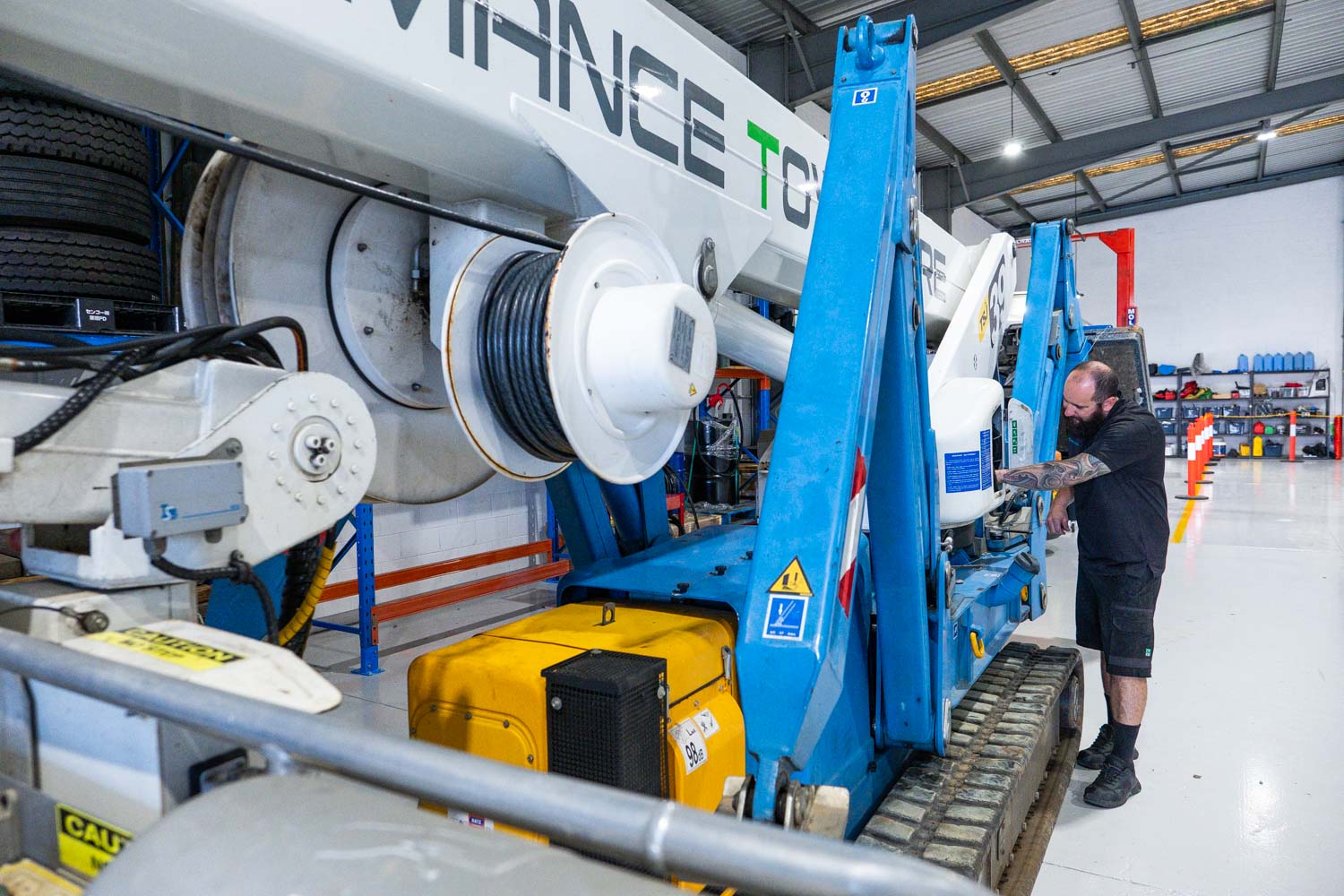
Periodic Servicing
What happens:
This is a more detailed inspection and service that includes checks of structural integrity, load testing, electrical systems, and safety controls. It may involve disassembly of some components for closer examination. It should only be completed by a qualified EWP inspector.
Why it’s important:
Periodic services dig deeper than routine checks to uncover problems not immediately visible. It’s of particular importance in identifying structural components that may have been stressed or fatigued over time.
Frequency:
Depends on the usage and work environment, but they’re usually required every 6 months to 12 months.
Major Inspection
What happens:
A major inspection is a comprehensive overhaul of the elevated work platform, including disassembling and inspecting critical components, testing the structural integrity, replacing worn or damaged parts, and recertifying the EWP for continued use. Tyres, bolts, boom arms, baskets – everything is taken apart and checked.
Why it’s important:
This is essential for extending the life of older equipment and ensuring it meets the required safety and performance standards.
Frequency:
Major inspections are carried out at the 10-year mark, and then every five years after that. This can vary in accordance with usage hours and manufacturer requirements.
The Importance of Record Keeping
Those are the four types of inspection or service that an elevated work platform should be frequently put through. There’s a fifth element that we consider very important here at Altequip in Brisbane, and that’s your record-keeping.
Accurate records help you track service intervals, identify recurring issues, and demonstrate compliance during audits or inspections. They’re not just best practice, they’re a legal requirement that helps with resale value and your warranty claims. A complete and in-depth service log is your best defence when you need to prove your EWP has been properly maintained.
If Altequip services your EWP, you can expect detailed service reports after every inspection. We’ll keep you up-to-date and audit-ready!
Contact Altequip for Your Next EWP Service
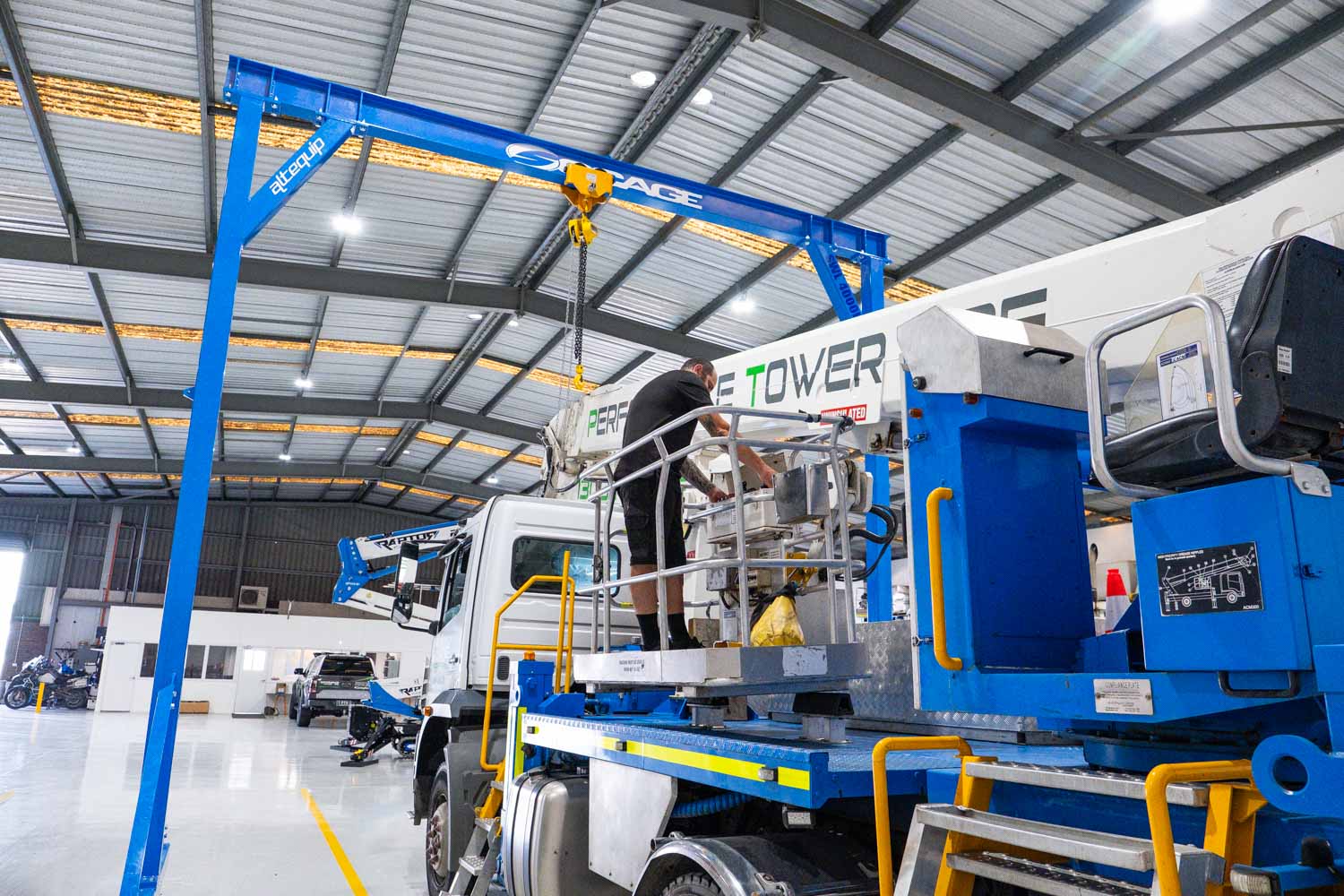
Our Brisbane EWP servicing department has you covered for all your machine servicing, from periodic inspections to major overhauls using genuine EWP parts. We have a team of certified, qualified and experienced EWP techs who live and breathe this industry. They’ll make sure your EWP is safe, compliant, and ready to work. Get in touch today and let’s schedule your next service. We’ll keep your equipment operating at full capacity, and your team safe and productive!
As the official agents for Socage in Australia, we also have a direct line to the factory in Italy to ensure your Socage EWP is maintained to a global standard.
